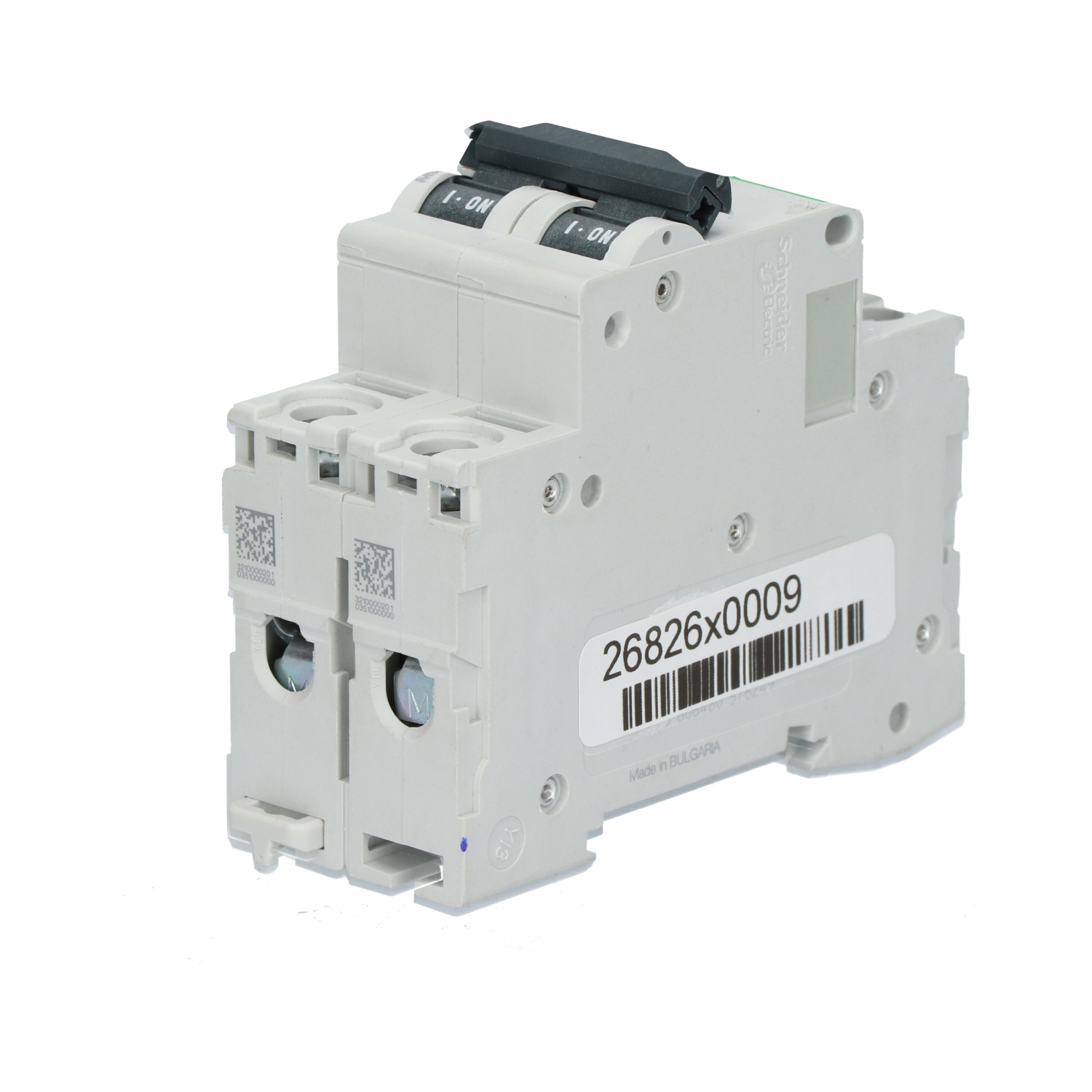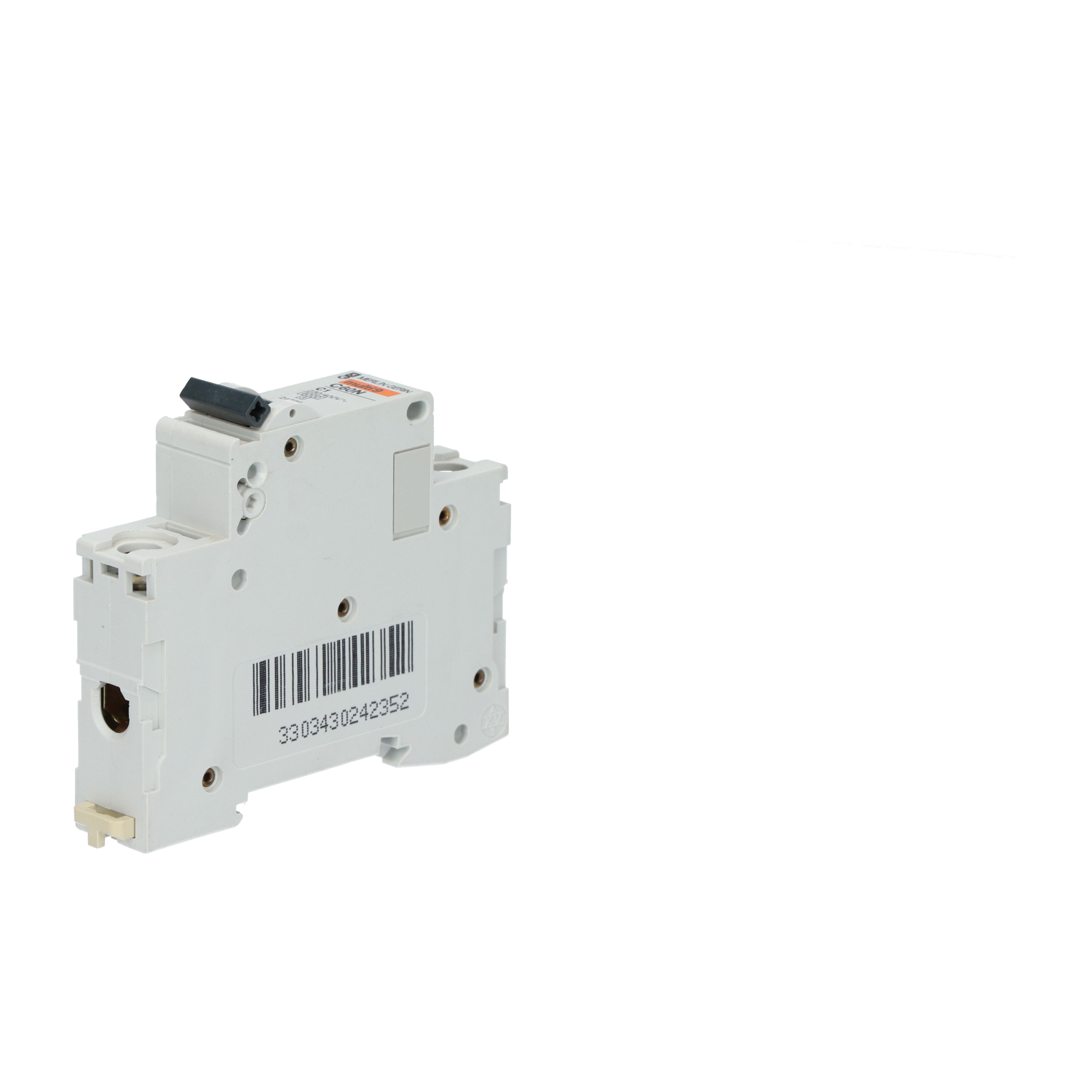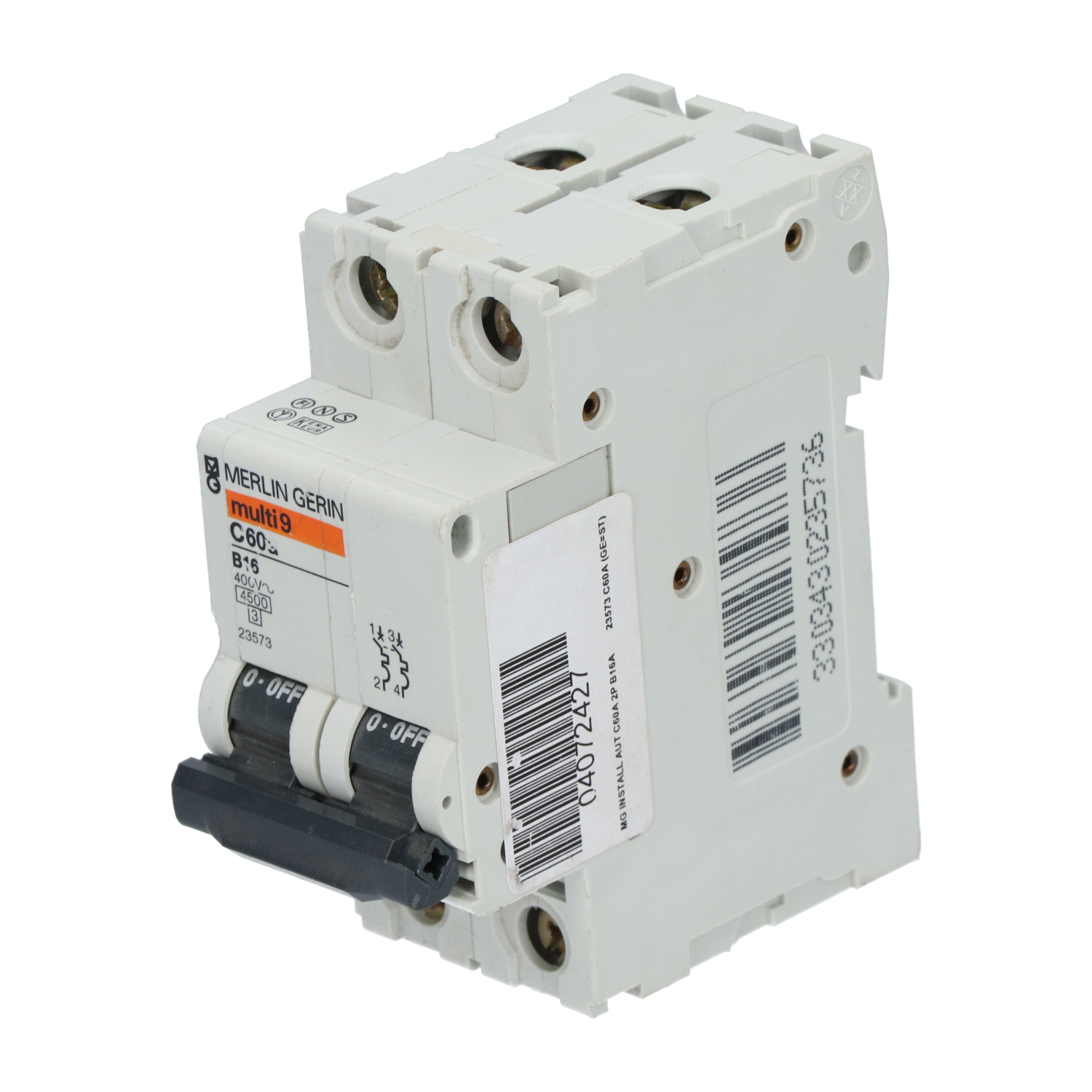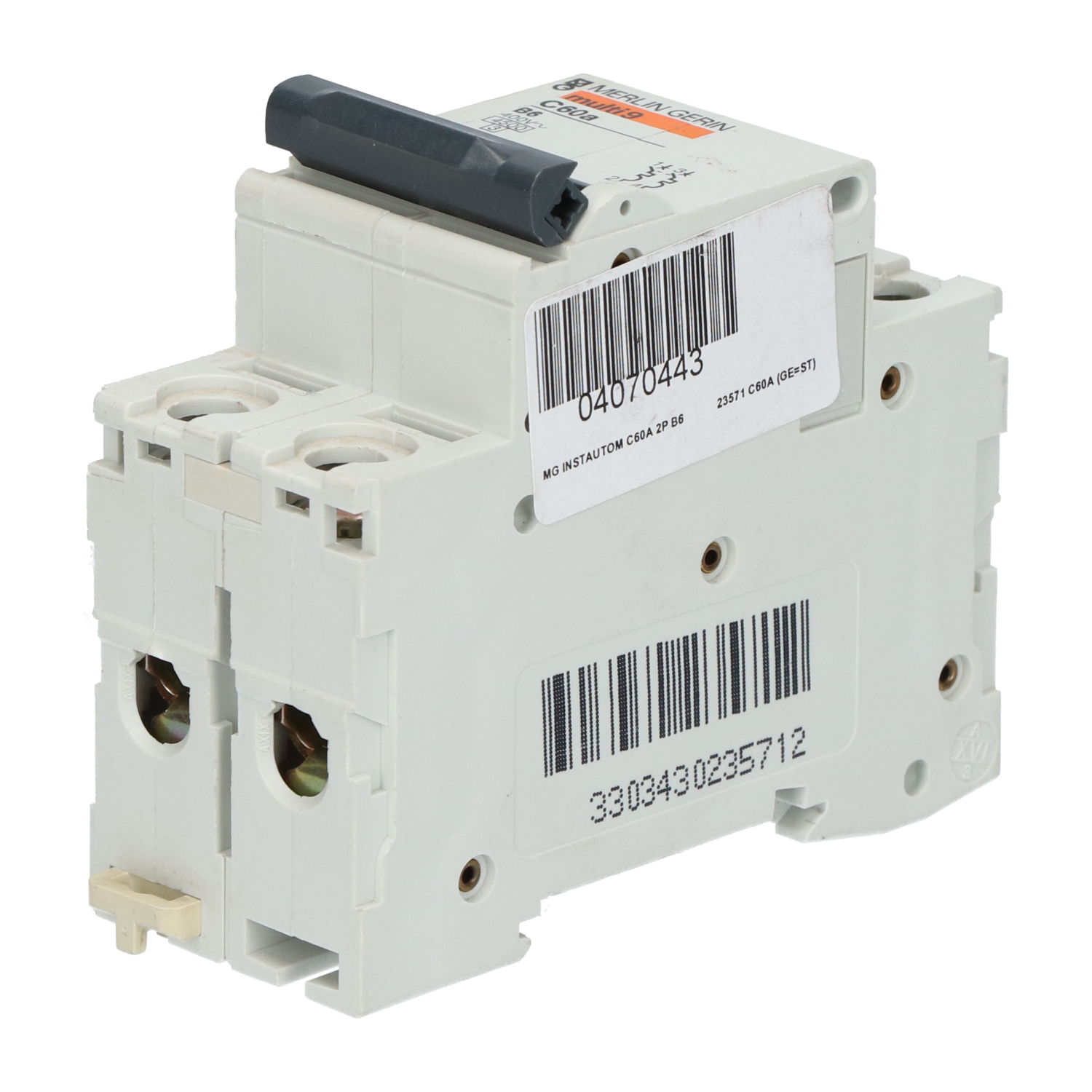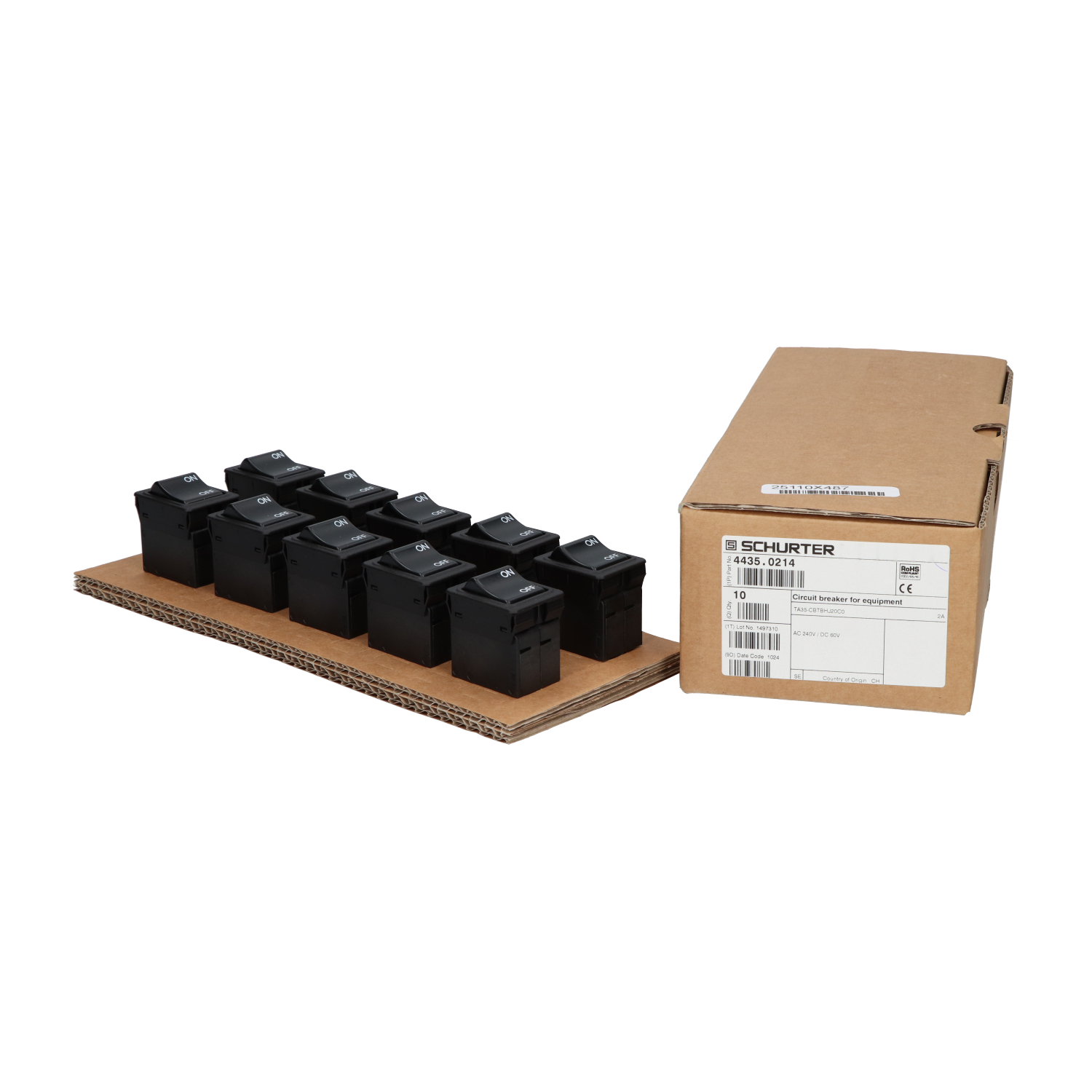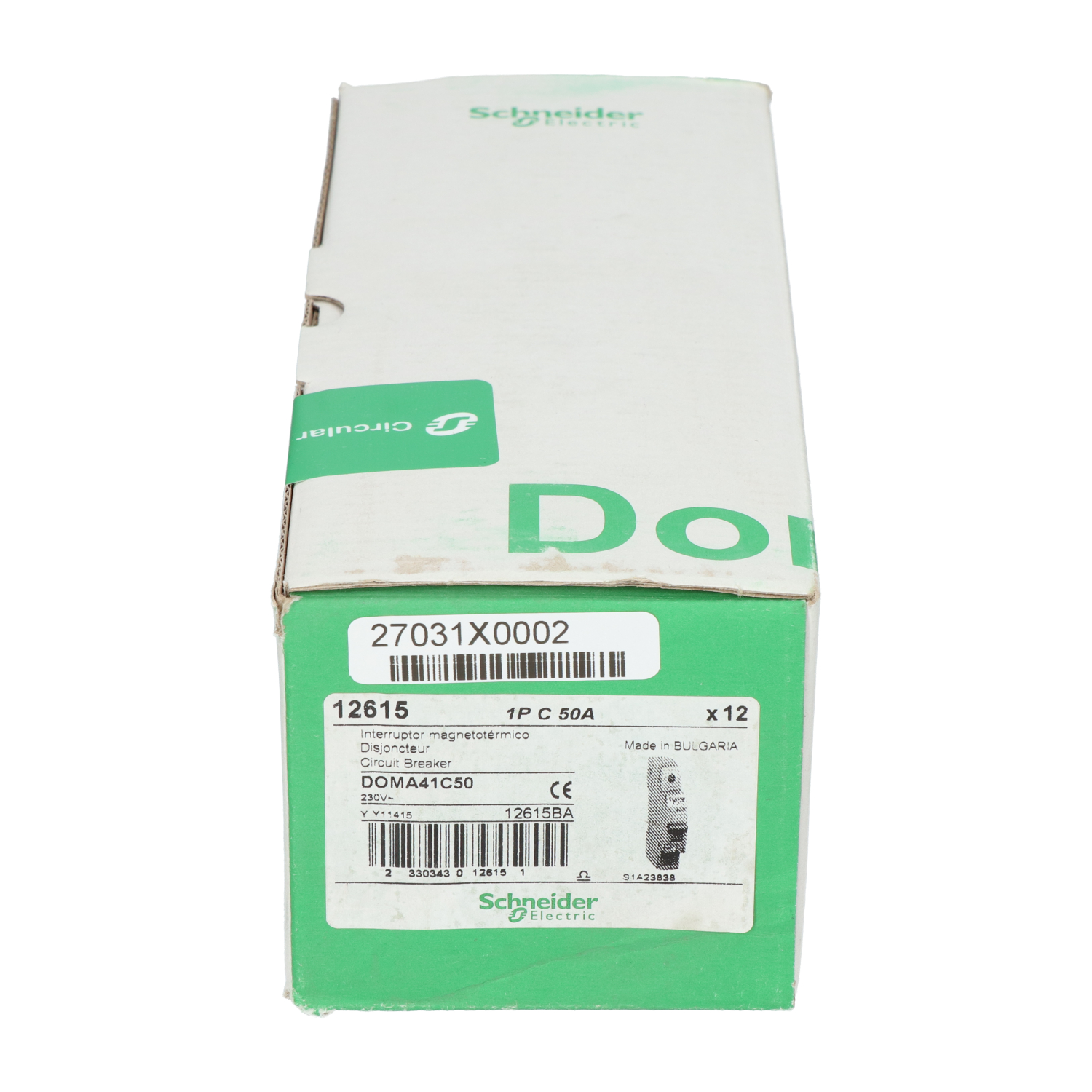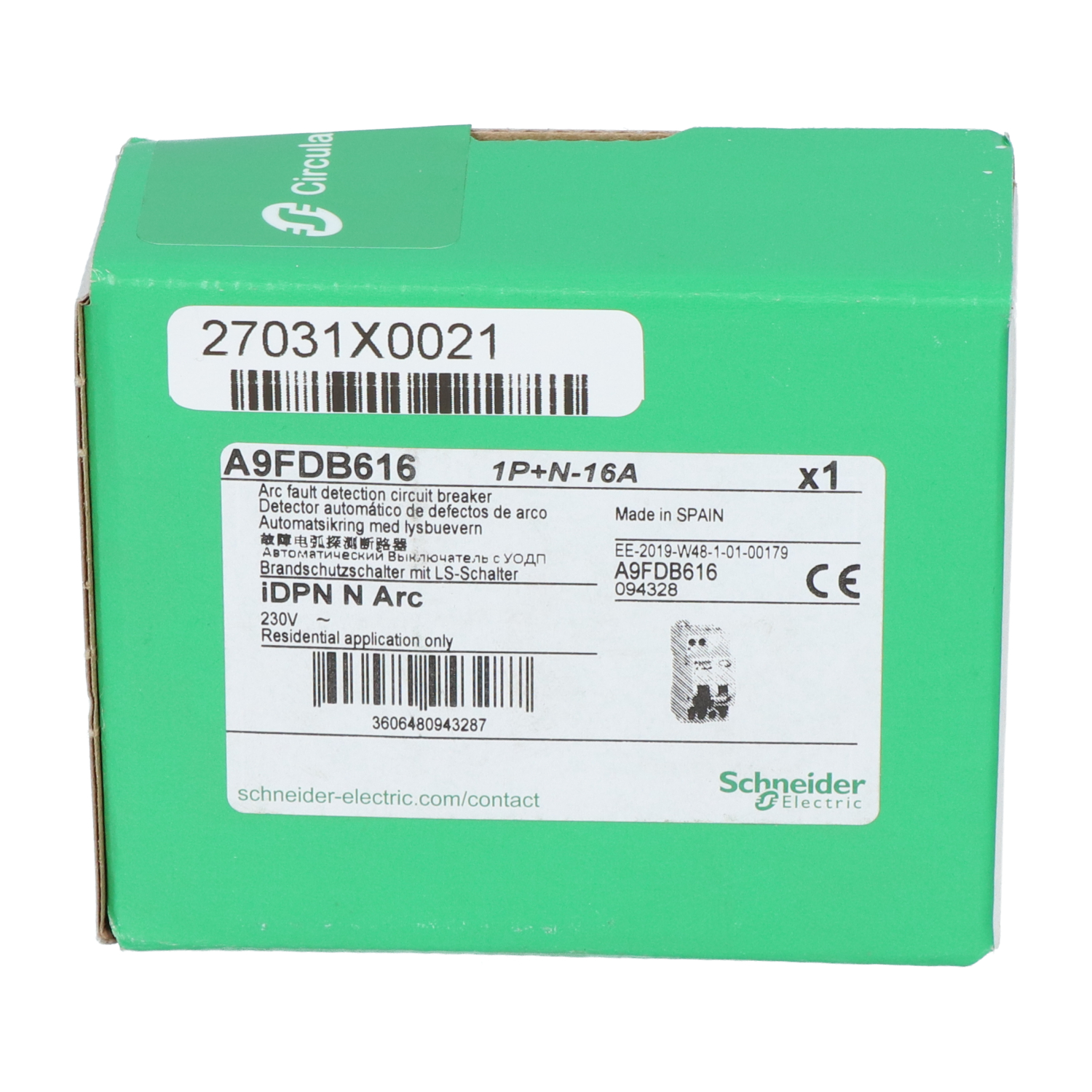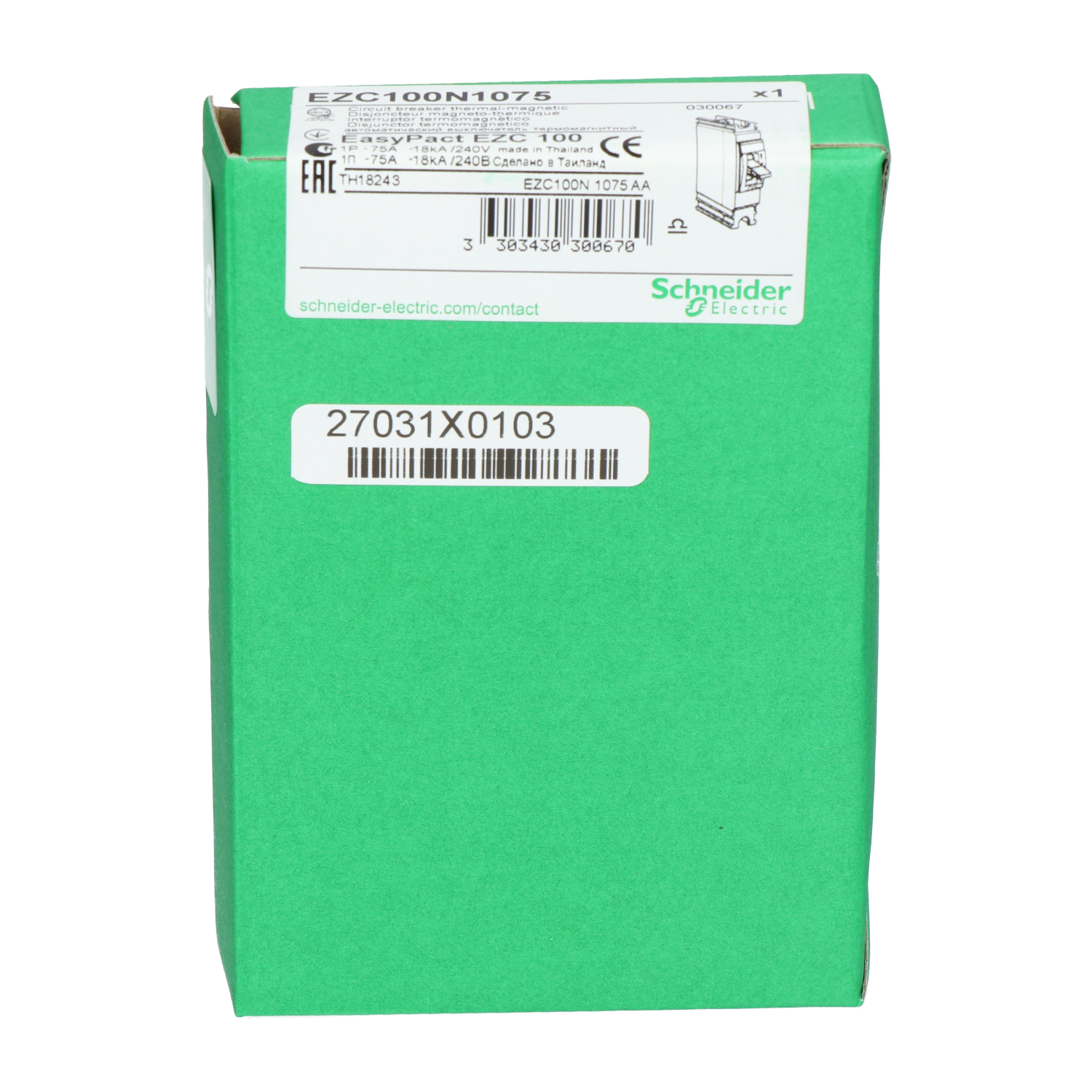Circuit breakers to prevent overloading and short-circuiting
Circuit breakers are electrical switches that cut off the current when a critical state is reached due to overloading or short-circuiting. This way, equipment and systems are protected against damage (including fire damage) caused by short-circuits or overloading. These safety devices can be reset manually or automatically. And after resetting, they are ready for use again, in contrast to a fuse that is suitable for one-time use.
You will find different types from a range of brands in our assortment. We have 1 Pole and 2 Pole versions, as well as 3 Pole and 4 Pole variants. For heavy-duty work, we stock Industrial (Large) Circuit Breakers. Finally, we also offer Fuses and Fuse Holders to protect your installation and cabling against overloads and short circuits.
Circuit breakers
1 Pole circuit breakers
1-pole circuit breakers supply 120 volts of current to circuits and have an amperage rating of 15 to 30 amps. Single pole breakers are used to monitor the amount of current drawn by lighting outlets and domestic appliances such as vacuum cleaners, fans, and hair dryers. Circuit breakers are capable of handling roughly 80% of the total amperage. In practice, that means 12 amps for a 15 amp unit and 24 amps for a 30 amp model. 1 pole variants are equipped with one hot wire and a neutral wire. They have a single switch.
2 Pole circuit breakers
2 pole circuit breakers supply 240 volts and 20 to 60 amps. They serve heavy appliances and utilities. These include electric cookers, central air conditioning systems and clothes dryers. Double-pole breakers are equipped with two hot wires. These are connected by a neutral wire. If a problem occurs along either one of the hot wires, both halves of the breaker will trip. This way, the complete circuit is shut down immediately. A double-pole breaker can be used in combination with a single 240-volt circuit or two individual 120-volt circuits. 2-pole circuit breakers are fitted with two switches.
3 Pole Circuit Breakers
The 3 pole circuit breakers are mainly found in heavy installations. This type is designed for use in combination with three phase AC circuits. They are being applied, for example, in factories and workshops. Three pole circuit breakers supply 480 volts, and they have three hot wires. In terms of design, a 3-pole type resembles a combination of three single-pole ones, linked together. They are equipped with three switches.
4 Pole Circuit Breakers
4 pole circuit breakers are used in 3-phase applications where there is a risk of a high neutral current flow. Dual power situations like DG and other electricity supply sources require the isolation of neutral. Because a four-pole circuit breaker isolates both neutral and three phases, it allows for regular checks to be carried out safely. The risk of an unexpected return current from the neutral cable is eliminated. This breaker type has four switches.
Miniature Circuit Breakers
A commonly used type is the Miniature Circuit Breaker or MCB. MCBs are available as 1, 2, 3 and 4 pole variants with various voltage and current ratings. The main application fields of MCBs include domestic, commercial, and light-industrial settings. The trip characteristics of this breaker type are not adjustable. Luckily, there is a subclassification to help you find the right model for your needs. This subdivision is based on the tripping characteristics, and it consists of a Type B, C, D, K and Z variant. The first three are mostly used for domestic and commercial appliances. A Type B miniature circuit breaker is for instance suitable for applications in which surges are virtually non-existent or very small. It will trip immediately when it’s confronted with a current of three to five times the full load rated current. Another example: the type C version is designed for situations in which you can expect high surge currents. This is the case, for instance, when activating multiple fluorescent lamps. A Type C MCB will trip at a fault current between five and ten times its rated current.
Industrial circuit breakers
Industrial circuit breakers can withstand the toughest conditions. They are designed for use in demanding professional environments. Usually, they are equipped with a single large switch. These devices detect faults and problems in time to prevent equipment, facilities, and employees from being endangered. Because they are easy to reset, a short-circuit or overload does not result in long downtime. In addition, they provide a durable safety solution because, unlike fuses, they are reusable. Make sure you install circuit breakers to prevent the risk of fire and to ensure safety. Choose the right type for your application and protect your valuable equipment and facility. Note that you might experience a power surge after a breaker has tripped and the power comes back on. And of course, don’t forget to replace worn, damaged units in time.
Fuses
Equipment can also be protected against overloading and short circuits by a fuse. Fuses have a few distinct advantages. They are inexpensive and they blow immediately in the event of an overload so that the power supply is interrupted instantly. However, after a fuse has blown, it needs to be replaced. Make sure you replace a blown fuse with a correct type so always check the current rating, total clearing time, and interrupting rating. We also have a wide range of fuse boxes in our assortment. A fusebox allows for easy installation of individual fuses. In terms of design, fuse boxes look like circuit breakers, but they do not have a switch.


